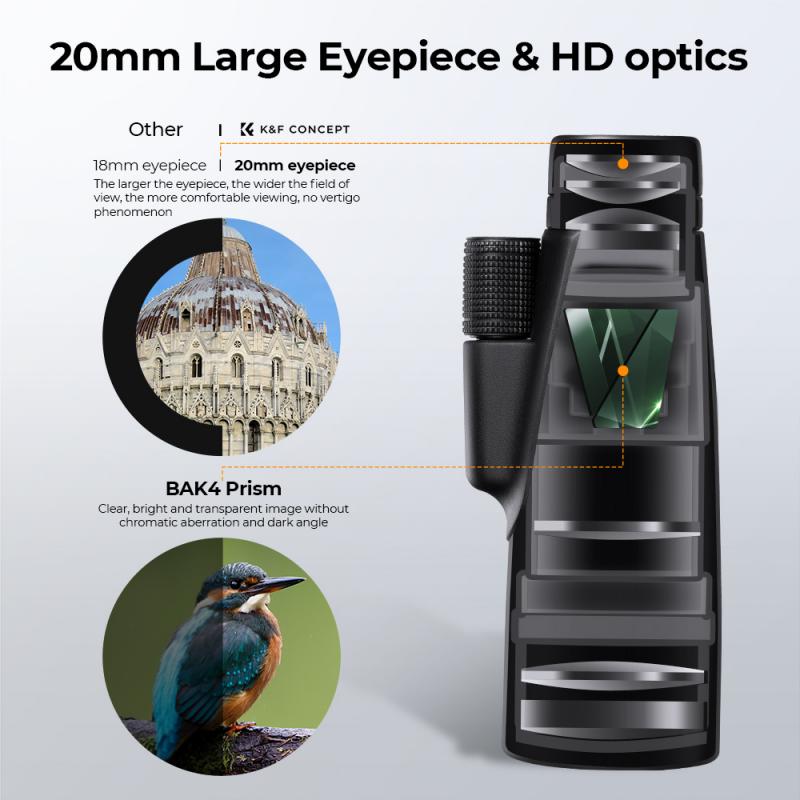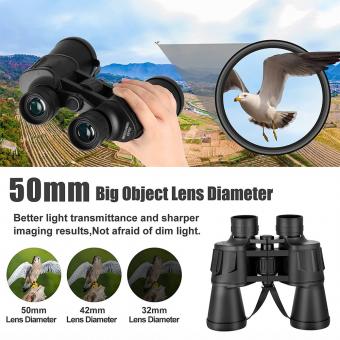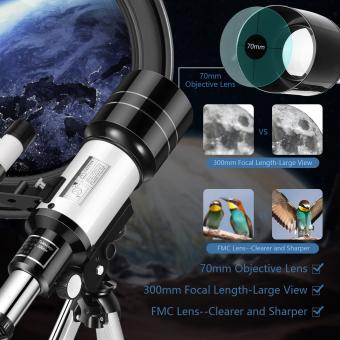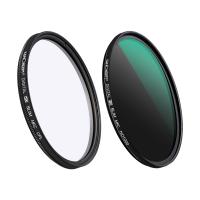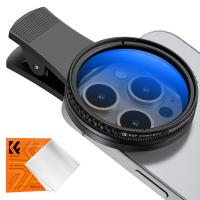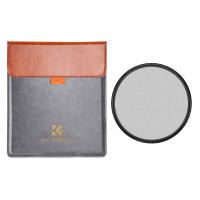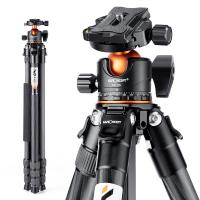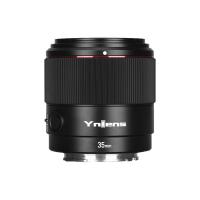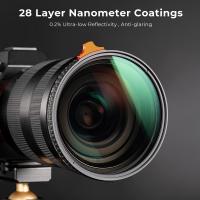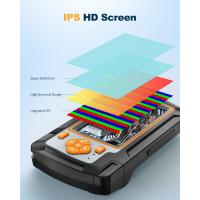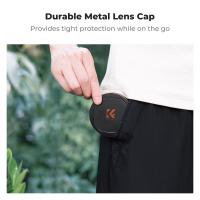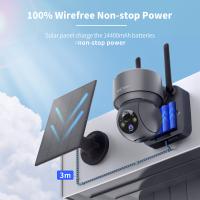How To Make A Good Telescope ?
Making a good telescope requires precision and attention to detail. The basic components of a telescope include a primary mirror or lens, a secondary mirror or lens, and a tube to hold them in place. The primary mirror or lens is the most important component, as it gathers and focuses the light. It should be ground and polished to a high degree of accuracy, with a smooth surface free of imperfections. The secondary mirror or lens should be positioned precisely to reflect or refract the light from the primary mirror or lens. The tube should be sturdy and well-constructed to hold the mirrors or lenses in place and prevent any unwanted movement or vibration. Additionally, the telescope should be properly aligned and calibrated to ensure optimal performance. Overall, making a good telescope requires a combination of technical skill, patience, and attention to detail.
1、 Telescope Design and Components
Telescope Design and Components:
To make a good telescope, there are several key components and design considerations to keep in mind. Here are some important factors to consider:
1. Aperture: The size of the telescope's primary mirror or lens determines its light-gathering ability. A larger aperture allows for more light to enter the telescope, resulting in brighter and clearer images.
2. Focal length: The distance between the primary mirror or lens and the focal point of the telescope affects the magnification and field of view. A longer focal length results in higher magnification but a narrower field of view.
3. Mount: The telescope mount should be sturdy and stable to prevent vibrations and ensure accurate tracking of celestial objects. There are two main types of mounts: equatorial and alt-azimuth.
4. Eyepiece: The eyepiece is responsible for magnifying the image formed by the telescope's primary mirror or lens. Different eyepieces have different magnification levels and field of view.
5. Optical quality: The quality of the telescope's optics is crucial for producing clear and sharp images. The primary mirror or lens should be made of high-quality materials and have a smooth surface.
6. Latest point of view: With advancements in technology, there are now computerized telescopes that can automatically locate and track celestial objects. These telescopes use GPS and other sensors to determine their location and orientation, making it easier for beginners to use.
Overall, a good telescope should have a large aperture, a stable mount, high-quality optics, and a range of eyepieces to choose from. With the latest advancements in technology, computerized telescopes are becoming increasingly popular for their ease of use and accuracy.
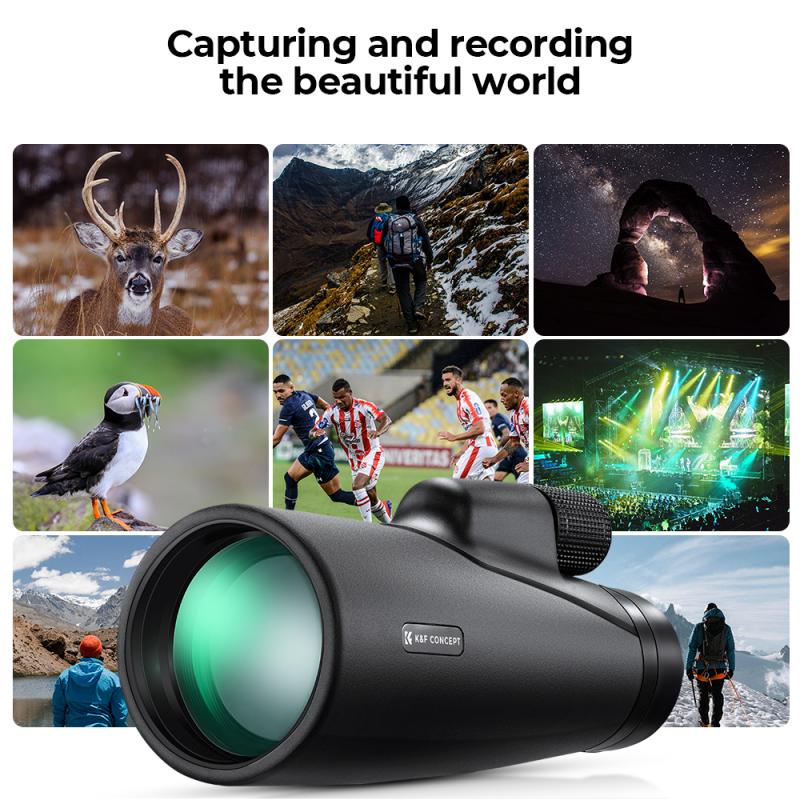
2、 Optics and Focusing
Optics and Focusing are two crucial aspects of making a good telescope. To make a good telescope, one needs to have a clear understanding of optics and how to focus the telescope properly.
Optics is the study of light and its behavior. A good telescope must have high-quality optics to produce clear and sharp images. The most important component of a telescope's optics is the objective lens or mirror. The objective lens or mirror collects and focuses light onto the eyepiece, which magnifies the image. The quality of the objective lens or mirror determines the telescope's resolving power and light-gathering ability.
Focusing is the process of adjusting the telescope's optics to produce a clear and sharp image. To focus a telescope, one needs to adjust the distance between the objective lens or mirror and the eyepiece. The distance is adjusted by moving the focuser, which is a mechanism that holds the eyepiece.
The latest point of view in making a good telescope is the use of computer-aided design and manufacturing (CAD/CAM) technology. CAD/CAM technology allows for precise and accurate manufacturing of telescope components, resulting in better optics and focusing mechanisms. Additionally, the use of advanced materials such as carbon fiber and ceramics can improve the telescope's durability and performance.
In conclusion, to make a good telescope, one needs to have a clear understanding of optics and focusing. High-quality optics and precise focusing mechanisms are essential for producing clear and sharp images. The use of CAD/CAM technology and advanced materials can further improve the telescope's performance and durability.
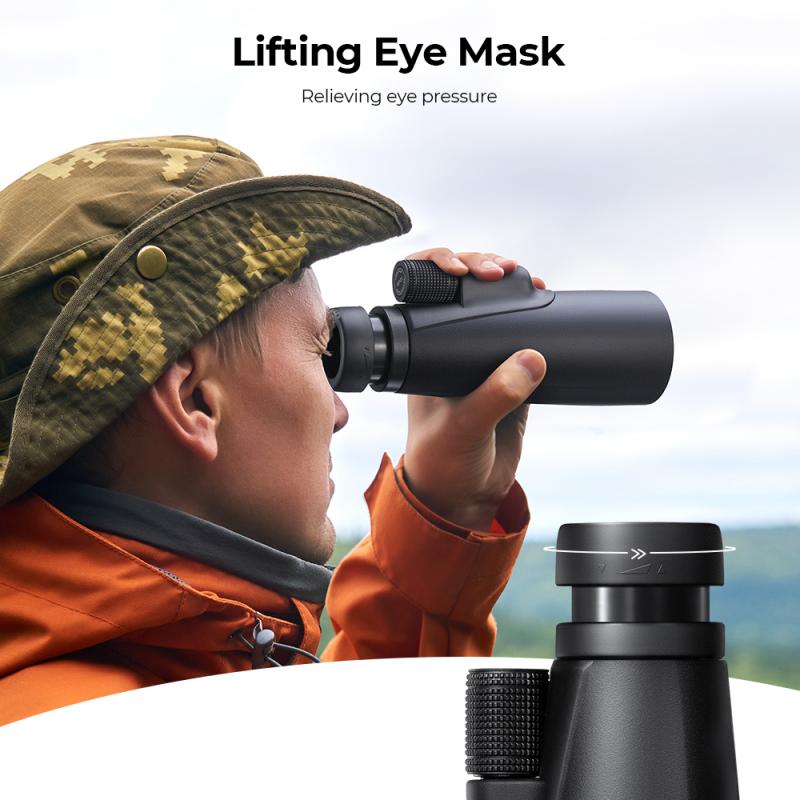
3、 Mounting and Stability
Mounting and Stability are crucial factors in making a good telescope. A stable mount ensures that the telescope remains steady and does not shake or vibrate during observations. This is important because even the slightest movement can cause blurring and distortion in the image. There are several ways to achieve a stable mount for a telescope.
One option is to use a tripod mount. A tripod mount is a three-legged stand that provides a stable base for the telescope. The legs of the tripod should be made of sturdy materials such as aluminum or steel to ensure stability. The mount should also have a locking mechanism to prevent the telescope from moving.
Another option is to use a Dobsonian mount. A Dobsonian mount is a type of altazimuth mount that is designed to be simple and stable. It consists of a flat base and a vertical support that holds the telescope. The base should be heavy and stable to prevent the telescope from tipping over. The vertical support should be sturdy and adjustable to allow for different viewing angles.
In recent years, computerized mounts have become increasingly popular. These mounts use motors and sensors to track celestial objects automatically. They can be programmed to follow specific objects or to track the movement of the stars. Computerized mounts are more expensive than traditional mounts, but they offer greater accuracy and convenience.
In conclusion, mounting and stability are essential factors in making a good telescope. A stable mount ensures that the telescope remains steady and does not shake or vibrate during observations. There are several options for achieving a stable mount, including tripod mounts, Dobsonian mounts, and computerized mounts. The choice of mount will depend on the user's needs and budget.
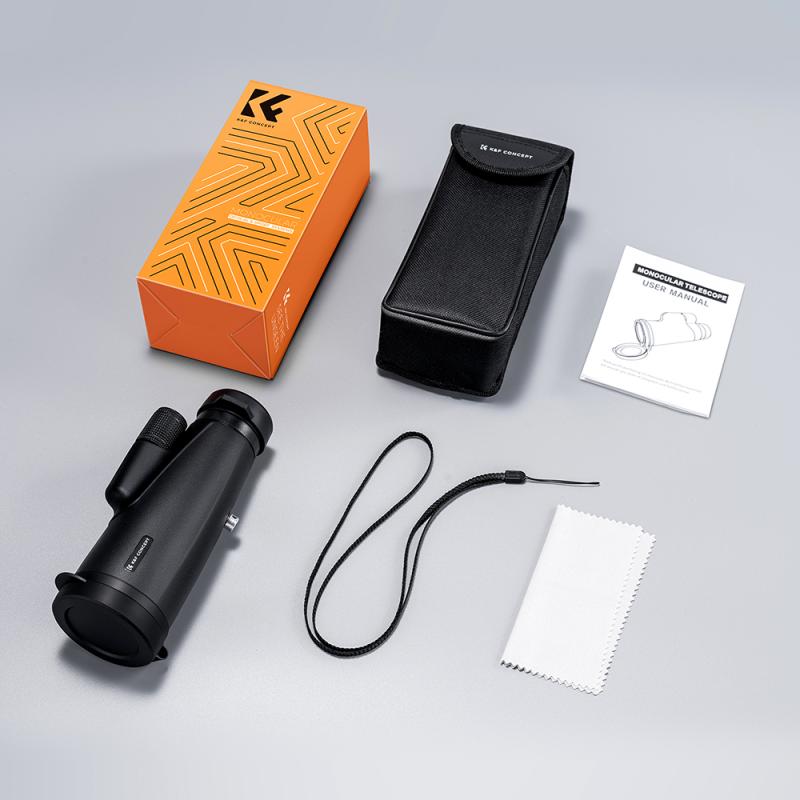
4、 Eyepieces and Magnification
How to make a good telescope:
Making a good telescope requires a combination of precision engineering, quality materials, and a deep understanding of optics. Here are some key steps to follow:
1. Choose the right design: There are several types of telescopes, including refractors, reflectors, and catadioptrics. Each has its own advantages and disadvantages, so choose the one that best suits your needs.
2. Select quality materials: The quality of the materials used in your telescope will affect its performance. Choose high-quality glass for the lenses or mirrors, and sturdy materials for the mount and tripod.
3. Pay attention to the optics: The quality of the optics is crucial to the performance of your telescope. Make sure the lenses or mirrors are properly aligned and free of defects.
4. Use quality eyepieces: The eyepiece is what you look through to see the image, so it's important to use a high-quality one. Look for eyepieces with a wide field of view and good eye relief.
5. Consider magnification: Magnification is important, but it's not the only factor to consider. A high magnification can make the image appear blurry or dim, so choose a magnification that is appropriate for the object you're observing.
6. Test and adjust: Once your telescope is assembled, test it out and make any necessary adjustments. This may involve tweaking the alignment of the optics or adjusting the focus.
In recent years, there has been a growing interest in using digital technology to enhance the performance of telescopes. Some telescopes now come with built-in cameras or can be connected to a computer for image processing. Additionally, there has been a trend towards making telescopes more portable and user-friendly, with features like collapsible designs and smartphone compatibility.
